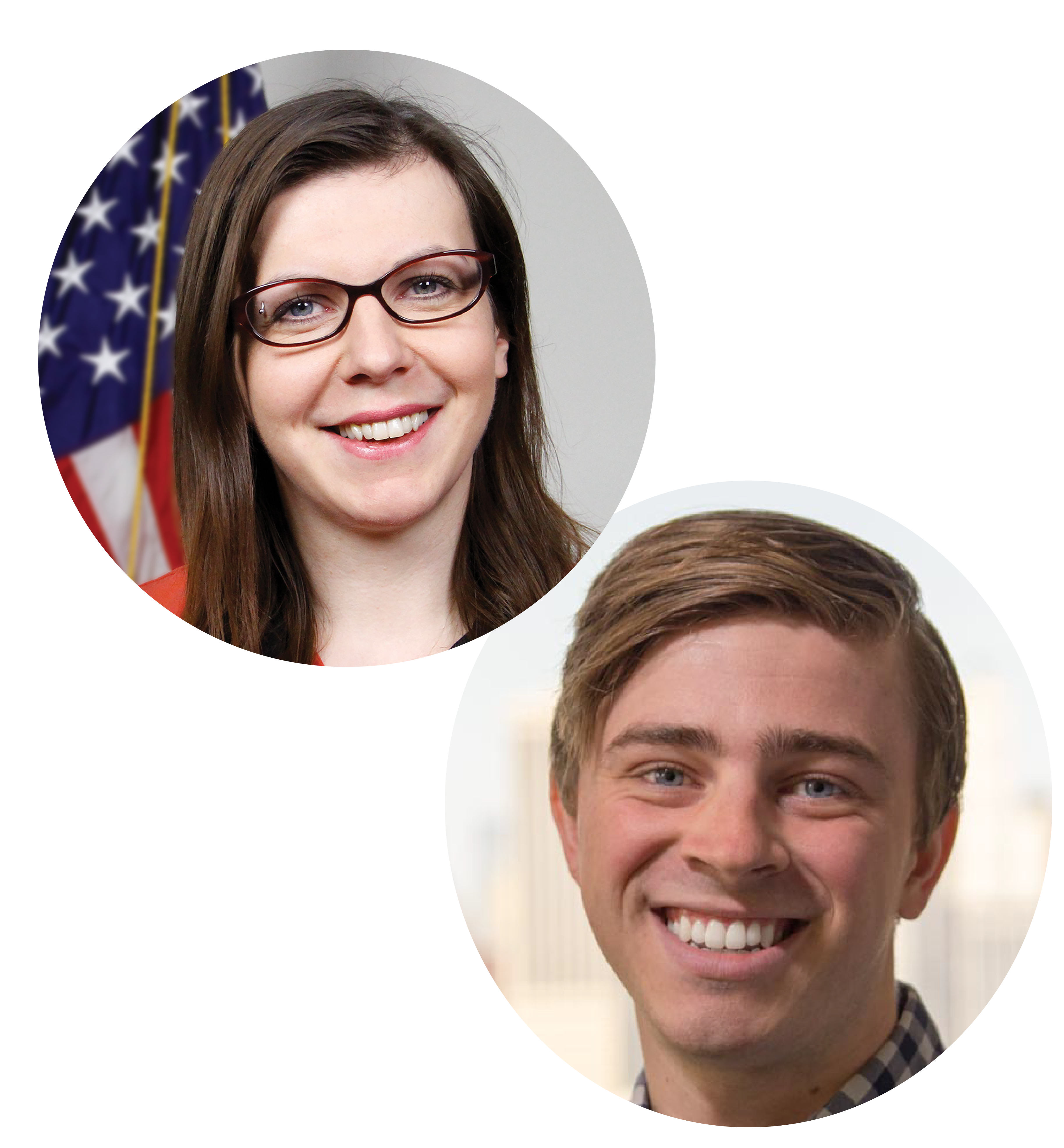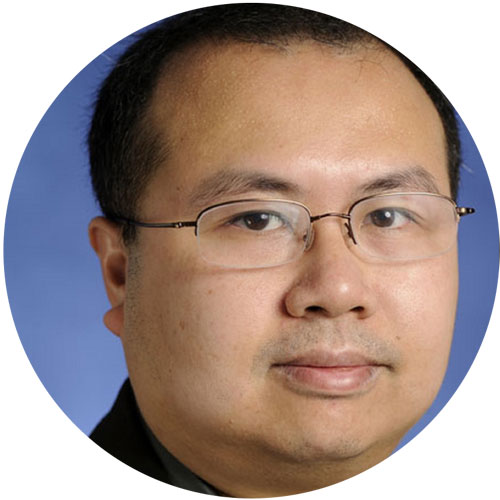In this “Understanding Gun Violence” essay, Robert Spitzer demystifies a range of perceptions about gun policies and their effects. Spitzer engages a range of laws and regulations—from background checks to waiting periods, and gun storage to concealed carry—and the ways they differ across US states. He finds that more stringent policies correlate with less death and injury from guns. For social scientists interested in the sources and impact of public policy, Spitzer argues that guns are a rich and important zone for future research.





























